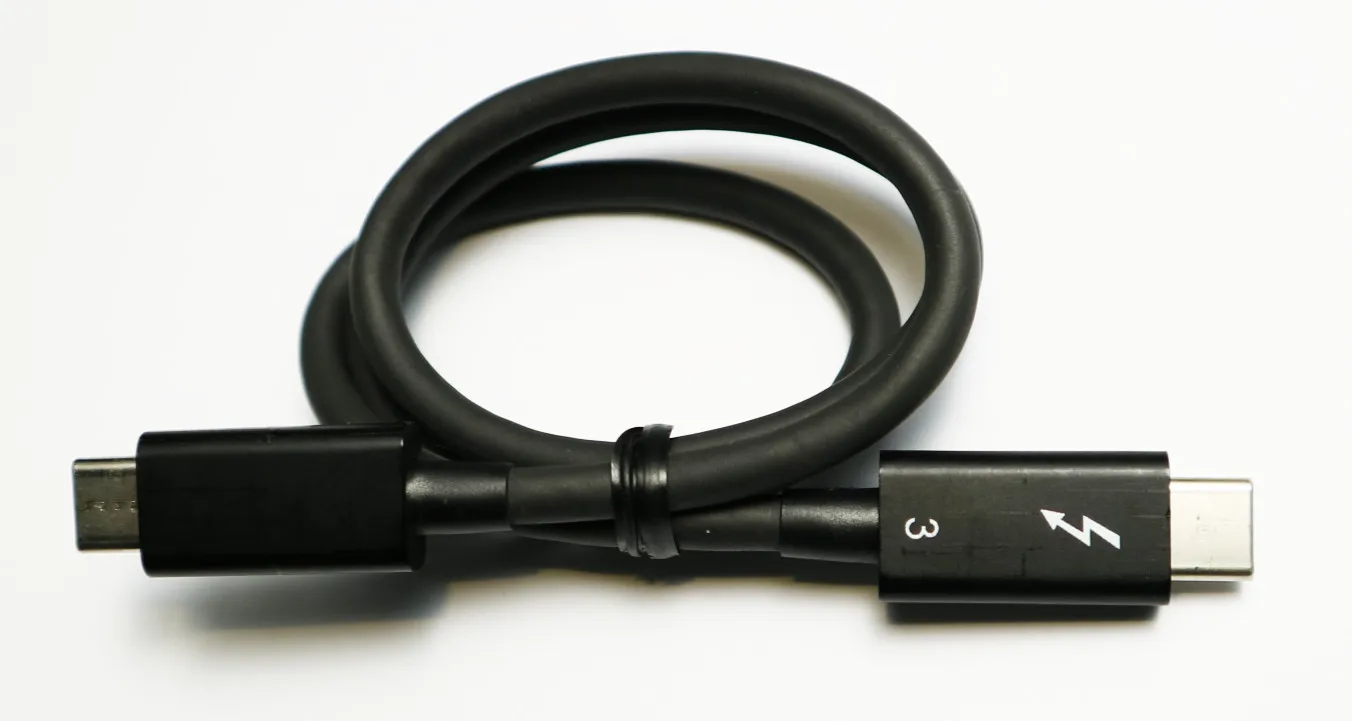

Trying out the Core with more generic systems has met with mixed results, so purchasing it without a companion Razer laptop is something of a crapshoot. Razer says it doesn’t limit the functionality of the Thunderbolt 3 graphics connection to its own machines, but the only laptops certified to work with the Core are Razer’s Blade and Blade Stealth, which are more expensive and offer fewer customization options than many competitors. It’s also the most stylish option on this list, with support for Razer’s open Chroma RGB lighting API.īut at $500-without the graphics card itself-it’s one of the most pricey. It has room for the largest AMD and NVIDIA GPUs on the market, compatible with double slot cards up to 12.2 inches (310mm) long. The Razer Core is a little black box that manages to still be attractive, thanks to a beefy 500-watt power supply for the biggest and baddest graphics cards, built-in USB 3.0 connections for external drives and accessories, and dedicated Ethernet for fast online connections. This is probably the best-known external graphics setup, if only by dint of Razer’s sheer presence in the desktop gaming accessory space. Price: $500 Connection: Thunderbolt 3 Compatibility: Razer Blade and Blade Stealth Update: The eGPU landscape has changed since we originally published this article in 2017. Here are our picks for the best eGPUs in 2020. The Best eGPU Options On the Market Right Now Some more general options, as well as older standards like USB 3.0 and Thunderbolt 2, offer more options but poorer graphics performance. This is some complex stuff, so universal solutions are rare, and companies like Dell and Razer only support external graphics on specific laptop models. Right now most external GPU systems rely on fairly complex and specific drivers, enabling laptops to hand over the load from their integrated graphics chip to the dedicated NVIDIA or AMD graphics card. And since it uses the standardized USB-C port (the one found on the new Macbook, later revisions of the XPS 13, and more and more laptops every day), it’s becoming more adaptable from a pure hardware perspective.
#Thunderbolt to hdmi adapter for graphics chord plus
With a 40 Gbps connection that can handle simultaneous video, audio, data, and an Internet connection, plus up to 100 watts of power on supported hardware, it’s a single cable that really can do it all.

An extra bonus: a lot of external GPUs come with extra USB ports, Ethernet, and more, which means it’s easy to plug and play with a ton of extra hardware, like multiple monitors or gaming keyboards and mice.Īt the moment, the de facto standard for this high-bandwidth operation is Thunderbolt 3. The high data and video bandwidth in single-cable connections like USB 3.0 and Thunderbolt 3 has finally enabled the kind of lightning-quick connections needed to offload GPU processing to external hardware, while still relying on a laptop’s internal motherboard for standard computing. This sort of thing has been attempted before, but recently there has been a rise in these products. When you do, you have gaming desktop power and connectivity without sacrificing those svelte modern laptop designs. What Is an eGPU?Īn external GPU (or eGPU for short) is a dedicated box that combines an open PCIe slot, a desktop-style power supply, and a full-sized graphics card that plugs into your laptop. An external graphics card let you have your cake (no lie) and eat it too. Smaller machines are lighter and easier to travel with, but bigger, heavier boxes offer the dedicated graphics cards necessary for high-end gaming. Laptops, especially gaming laptops, are a study in compromises.


 0 kommentar(er)
0 kommentar(er)
